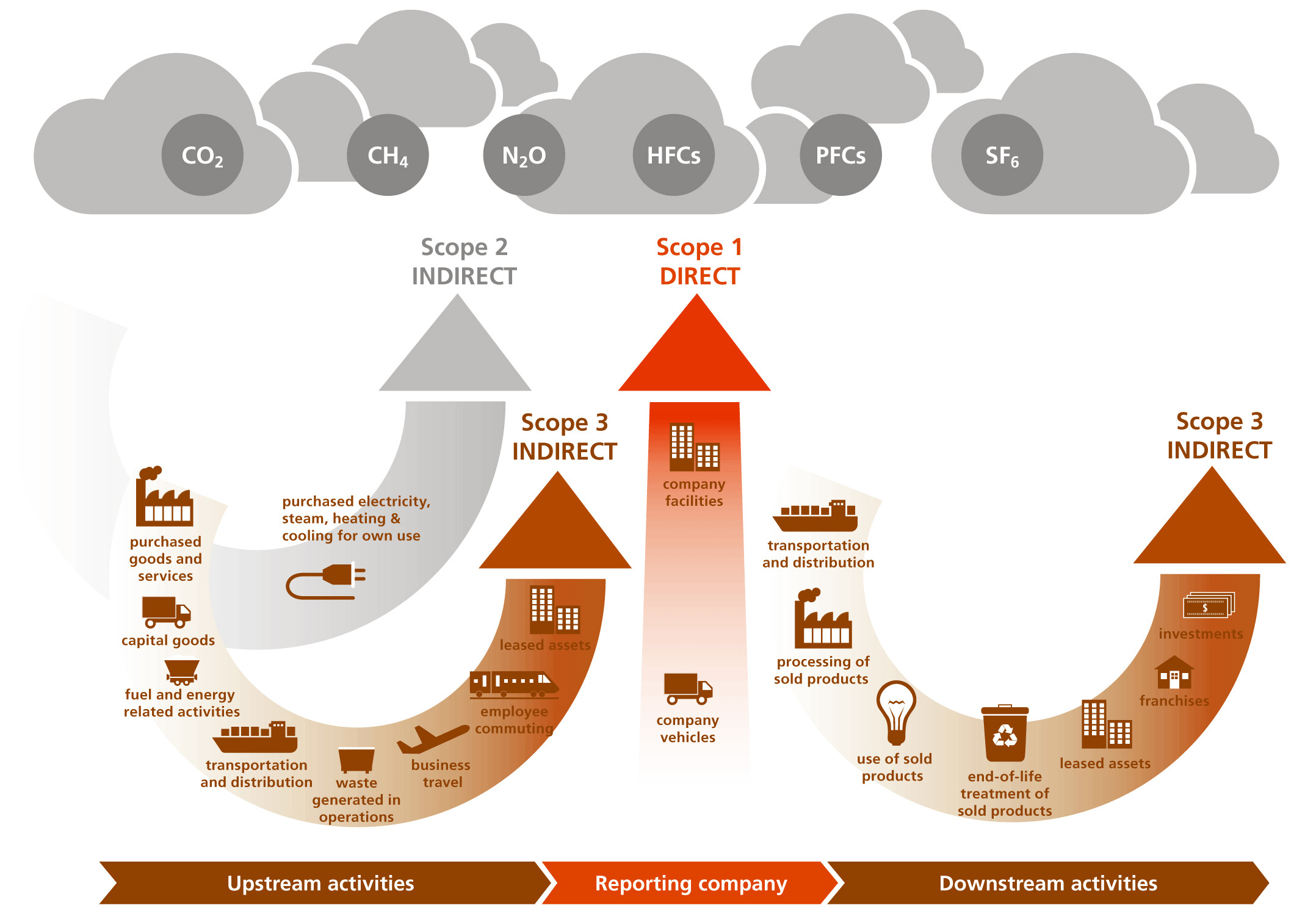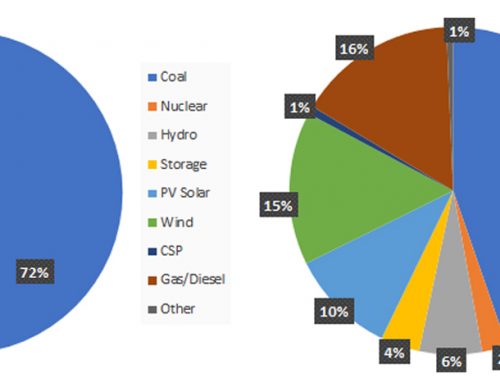Why should a carbon footprint matter to my business?
Figuring out your companies carbon footprint may not seem like an easy task, but it makes sense to do so in the long run. Lets start with the basics…
WHAT IS A CARBON FOOTPRINT?
Here we define some of the basic terms that get used when discussing carbon footprinting:
- Carbon footprint: The best estimate of the total amount of greenhouse gases produced to directly and indirectly build and operate a product, business, household, etc.
- Greenhouse gases or GHG: What is measured when calculating your carbon footprint. These are gases that make the planet warmer by trapping heat in the atmosphere and thus producing a green house-like effect.
- Carbon dioxide or CO2 occurs when fossil fuels are burned and accounts for the vast majority of U.S. emissions.
- Methane or CH4 mainly comes from agriculture and livestock as well as landfill sites.
- Nitrous oxide or N2O is about 300 times more potent than CO2 but is emitted in smaller quantities from farming and refrigerants.
- Fluorinated gases such as hydrofluorocarbons or HFCs, which are used in air conditioning, and sulfur hexafluoride or SF4 are also very potent and have a high global warming potential.
The largest producers of green house gas emissions in South Africa are from electricity production due to the fact that most of our electricity comes from burning fossil fuels like coal and diesel. Industry – both from burning fossil fuels for energy and producing goods. As well as agriculture, forestry and other land use.
What this potentially means is that these are things we can control and reduce if we were to make even small changes to the way we do business to become less dependant on fossil fuels and become more efficient in the production process.
THE THREE SCOPES OF GHG EMISSIONS
The Greenhouse Gas Protocol categorizes GHG emissions into three scopes which represent how the gases are emitted and how much you can control each:
Scope 1 is defined as direct GHG emissions that are controlled by the company. This includes fuel consumption (heating, process equipment, and vehicles), manufacturing, refrigerant systems, on-site waste facilities and fugitive emissions.
Scope 2 is defined as indirect GHG emissions that result from purchased electricity. This covers things like lighting, heating, aircon and more.
Scope 3 is defined as indirect GHG emissions that a company can influence but does not control. Things that fall into this category are transporting raw materials to make your product, business travel, employees commuting to work in vehicles not owned by the company, and transportation of purchased fuels. It is often the largest scope and hardest to quantify.

Overview of GHG Protocal scopes and emissions across the value chain.
If you want to measure your company’s carbon footprint, there are several carbon footprint calculators out there that may offer some insight into your impact on the environment. With your utility bill in hand, you could visit the CDP website, formerly the Carbon Disclosure Project, is a comprehensive reporting tool that over 5,600 companies across the globe use to input their numbers, calculate their carbon footprint, and are then compared to like organizations.
So we have done the calculations to view our carbon footprint, now what?
WHY IS A CARBON FOOTPRINT RELEVANT TO MY BUSINESS?
- This is great why to measure your current consumption as a business and help with future plans to reduce consumption over time. When considering total cost of ownership for renewable energies such as Solar PV, over time, reducing your carbon footprint could save you money.
- Carbon footprinting could also be a useful means to streamline your business. One way is by identifying irregular consumption culprit that may have caused your electricity to spike in certain months and correct the problem.
- Understanding your carbon footprint could go a long way if you wish to fulfil social responsibility criteria in that you may be able to promote your business as a “green” business.
- As more companies become environmentally conscious you may find that your get more requests for your carbon footprint numbers from other businesses and partner in order to calculate their own scope 3 emissions. Not only that, but these companies may even look at your carbon footprint numbers and goals you’ve set to reduce you impact when deciding on whether or not to work with you!
It may be beneficial to go and work out your carbon footprint after then. Now that we have provided some more insight into the matter, and why your business should care we hope you have a look at reducing your impact and consider Solar PV in future.







